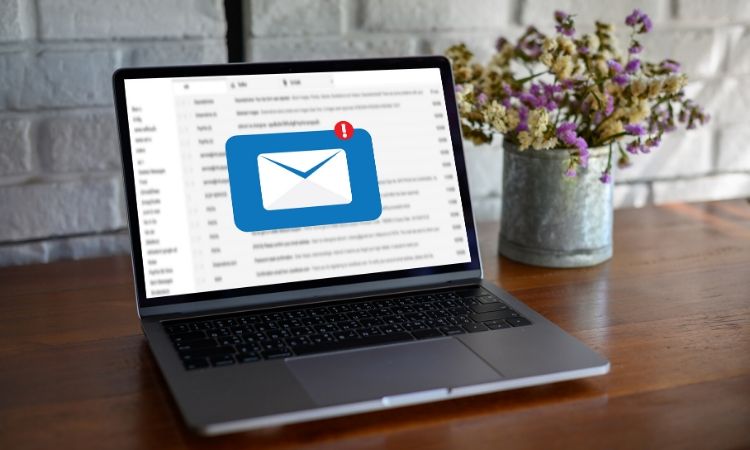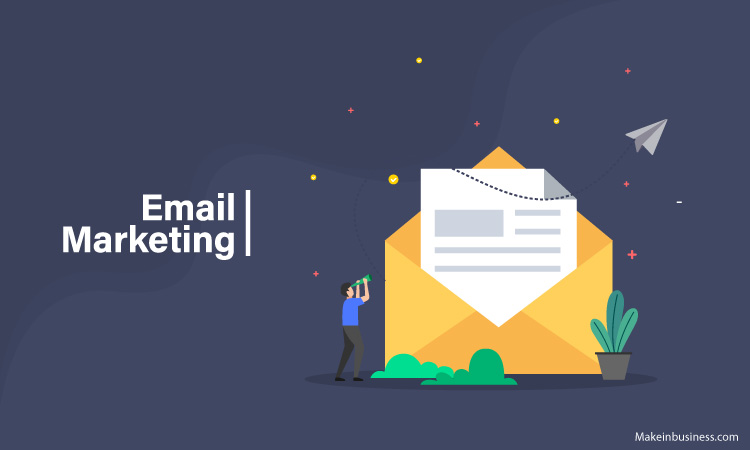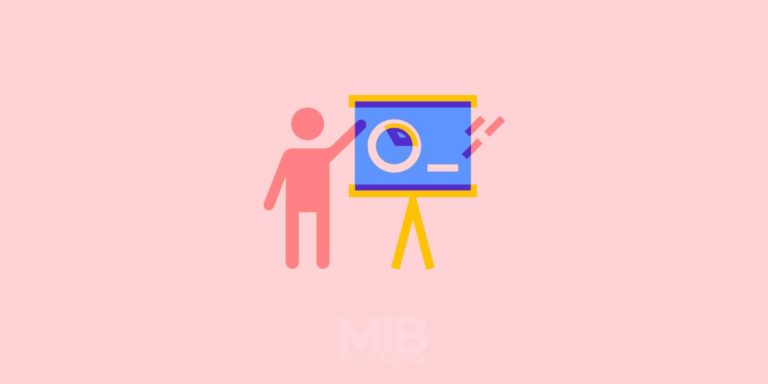Everything you Need to Know About Follow Up Emails

Businesses today are all about emails. This is proven to provide many companies with a significant ramp in marketing ROIs than any other channel. However, email marketing needs some push from time to time as you might not receive any response after one email. This is where follow up emails come to play.
Email marketing drives more customers and conversions than any other marketing channel. This debunks even search for media and social media altogether. Also, more people or around 72% of them would like to receive promotional content via email rather than on social media. Emails have been the leading and official marketing channel for many businesses and no new media forms can shake that.
To write an effective email, you need consistency, precision, and an eye for detail. You can’t be too generic and risk being ignored. However, you can’t be too loud with cold-calling or be dumped in the SPAM folders. Like any kind of marketing strategy, you need to know when to tap into your audience or to know when and what kind of email to send so you can push the right buttons every single time.

What is a Follow Up Email
A Follow-Up Email is basically what the name states. It’s an email you send after some time or at a certain point in the customer engagement that aims to collect important information such as with the following:
- Free Trial Follow Up. You might send a follow-up email after a customer took advantage of a free trial. The email then aims to inquire regarding customer experience on a particular service. This also aims to provide tips to enhance the user experience and satisfaction while moving into the phase of encouraging customers to use the paid plan.
- Lead Magnet Follow Up. You could send a follow-up email to customers who downloaded content from your page and ask whether they have found the information valuable. This aims for a double opt-in or for consumers to confirm subscription.
- Post-Sale Follow Up. You should consider sending follow up emails after a sale to show graciousness and gratitude for supporting your brand. This also allows you to turn your current customers into loyal buyers.
Importance of a Follow Up Email
You are only as good as your last follow up email. The right timing and content will help you run a smooth email marketing campaign. Sending follow up emails is crucial to business success. Here are the pros of getting that step done:
- Build Trust and Rapport with Customers- Follow up emails should have a client-centric design and approach. This is how you can effectively touch base with your customers and get your brand in front of their doorsteps. Remember that there is a tough competition out there, and the only way to attract and really capture their attention is to be relevant and relocatable to their pressing needs and offer real solutions to their problems.
Building trustful relationships with your customers don’t start and end with one cold email; you need them to warm up on you with follow up emails that aim to create a common ground and strong ties for both brands and customers.
- Screens Your Target Audience-You need to filter your subscribers and segment those who are active from the inactive ones. You can’t keep fluff in your email. There is no way to make conversions from people who are not engaged or even interested in what your products and services are all about. One of the purposes of follow up emails is to filter out the indifferent subscribers from the active ones.
This allows you to send emails to a truly engaged audience who would want to receive continuous communications with your brand.
- Boost Conversion-No matter how professional or interesting your email is, you might not get instant open or click-through rates because of many reasons. People can get very busy with schedules and your email can be lost in the recipient’s email especially if he or she gets hundreds of emails per day.
With a follow-up email, you can re target and reconnect without appearing pushy and add value to your communications. This will help increase conversions for your business.
Best Tips For Sending Follow Up Emails
Follow up emails follows differ in timing and structure. It’s a sequence of emails that you have to send in a timed and planned frequency that allows you to capture attention and engage without irritating or boring your audience. Here are the best strategies or tips to follow when sending follow up emails:
- Captivate with Your Subject Lines- Your subject line must capture your audience right away so make it short yet punchy. This will be predictive of whether you will have increased open rates and click-through or get more unsubscribes. The subject line will tell your audience what’s in store for them when they open your email.
Make it worth their time by creating engaging and relevant subject lines.
- Capture the Right Frequency-Do not make that mistake of sending follow up emails too quickly or after just a day or two of sending the previous email. This can be a turn-off for customers or partners who might be interested yet need more time to process the offer. You need to determine the appropriate timing or frequency that makes perfect sense for your business.
Sending a follow-up email at least 5 days apart or once a week is the safest schedule to follow. Bombarding them with emails day after day might leave them feeling spammed or harassed. Determine the right frequency for your business and make it work to your advantage.
- Get Right to Business-Don’t just follow up to check-in. You have to get the business rolling right here and now. So don’t dwell on the small talk and cut the chase. Reference your previous email and then get the information you need.
- Offer Them Value-People have very short attention spans. So, make sure that you get their attention when they skim their inboxes. Offer them value before selling anything. This could be in the form of an eBook, e-course, webinar invite, guide, or report. You need to be their go-to person to offer solutions to their problems.
You need to be the expert resource person or industry influence that responds to their needs right at the time they need it. This is how you build and grow relationships with your customer base and that is how intelligent marketers follow up.
Create that aha moment for your customers with follow up emails that they would look forward to. Many people hate being bossed around or told what to do. So, a follow-up email must have that authentic element yet a strong call-to-action.
Inject excitement into your emails. Be less predictable and generic-sounding. Communicate like a human and create valuable and share-worthy content that will give you a better chance of success in your follow up efforts.
FAQS
A follow up email is a great way to remind the recipient that you are still interested in a particular conversation, task or goal that was discussed. It is also an effective way to check in on the progress of an action item or provide any additional information that may be needed to help reach a resolution or conclusion.
A follow up email should be concise, clear, friendly and professional. It should include the context of the initial request or conversation, provide additional relevant information, and show appreciation for the recipient’s time and efforts.
The best time to send a follow up email depends on the context, but generally it is best to wait a few days after the initial contact before following up. This allows enough time for the recipient to respond and reduces the risk of being too pushy or intrusive.
It is important to ensure that follow up emails are not too frequent or intrusive. Generally, if the recipient has not responded within a few days it is appropriate to gently follow up. However, it is important to use your discretion and respect the other person’s time.
Crafting an effective follow up email is about making sure it is concise, clear and friendly. Start with a brief greeting and then provide the context of the conversation, add in any new helpful information and conclude with a question or call-for-action.
Tone is an important part of a successful follow up email. The tone should be friendly and professional, but not overly casual or pushy. Respect the recipient’s time and focus on being helpful and concise.
If someone does not respond to a follow up email, it is important to respect the recipient’s time and wait a few days before following up again. If it is necessary to reach out again, try a different method of communication such as a call or meeting.
Before sending a follow up email, make sure the recipient’s contact information is correct and that their spam filters aren’t blocking your message. You can also add tags or labels to make it more visible when sorting through emails.
If you make a mistake in a follow up email it is important to apologize and correct any false information as soon as possible, this will help maintain a positive relationship with the recipient.
Follow up emails can be a great way to show appreciation, build trust and further develop relationships. Use the initial contact as an opportunity to show genuine interest in the other person and follow up with any updates or helpful information.





